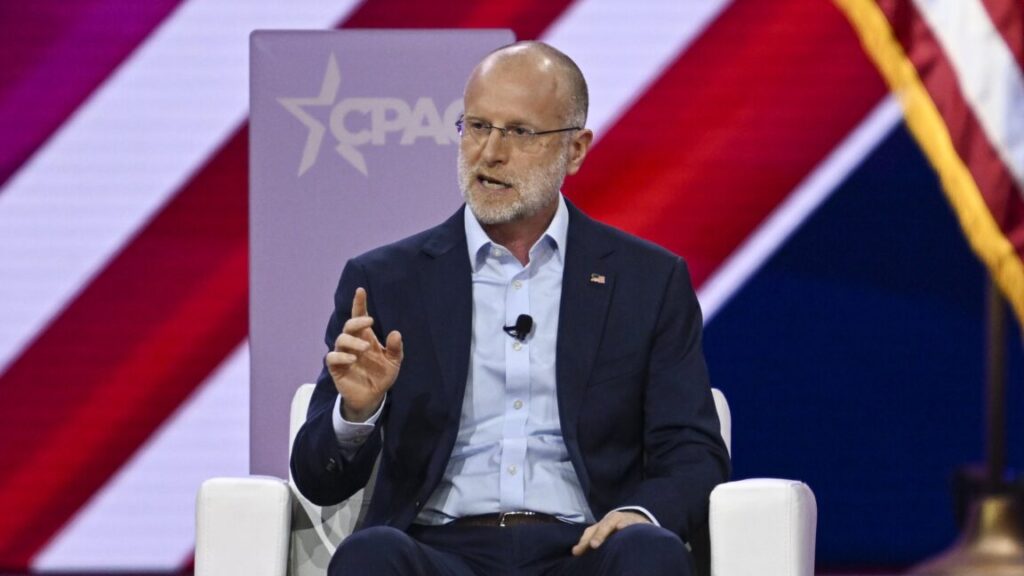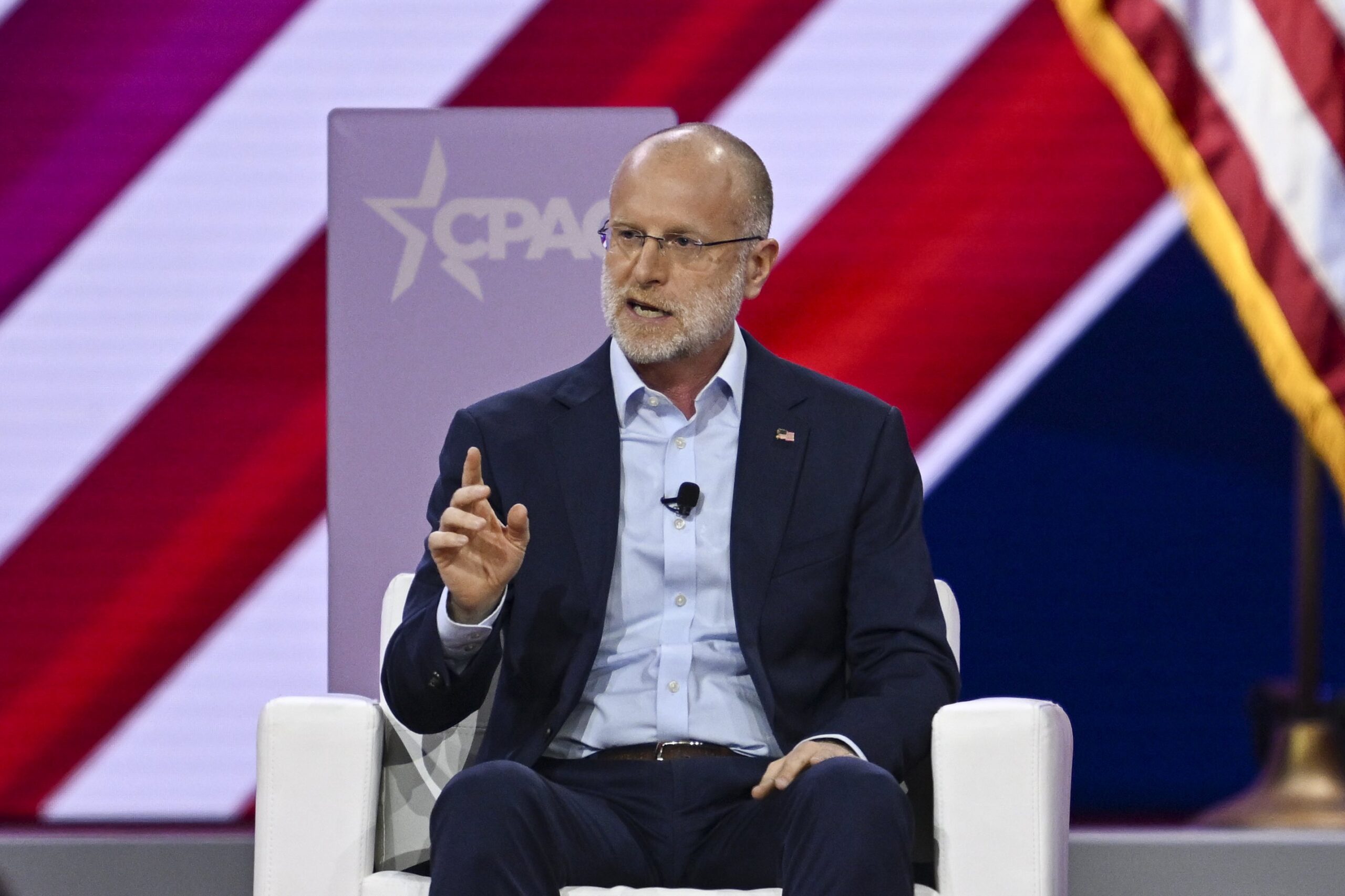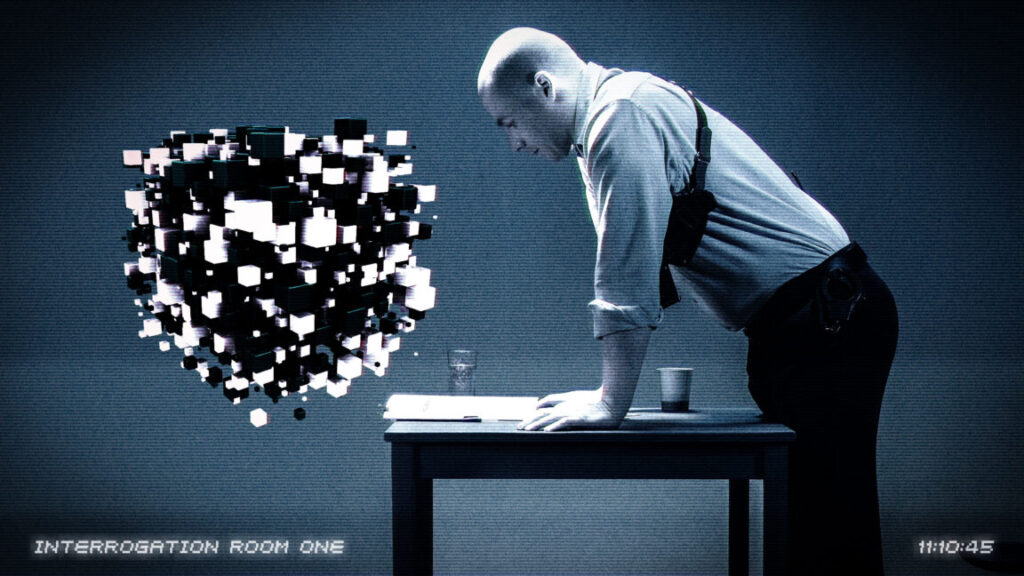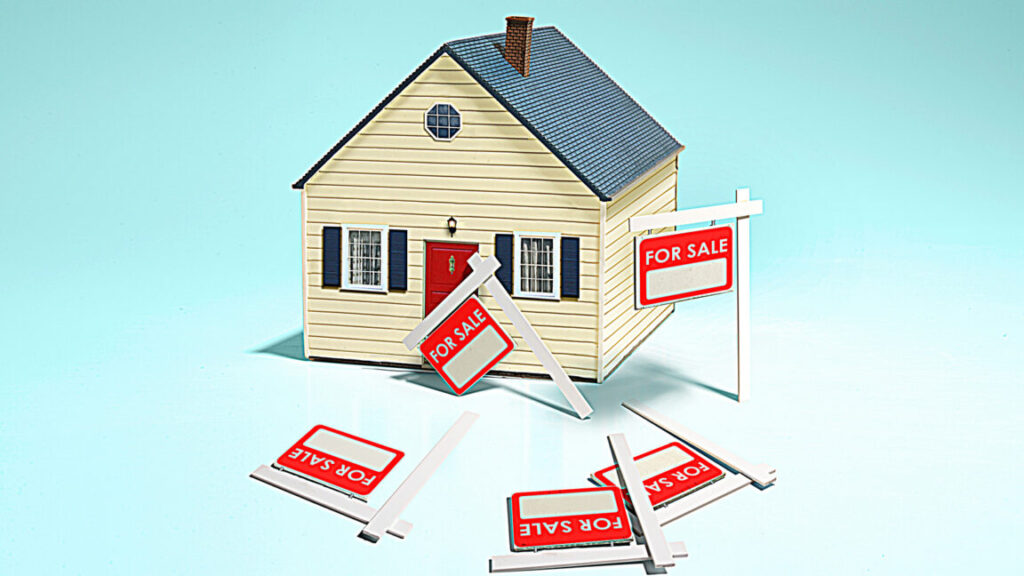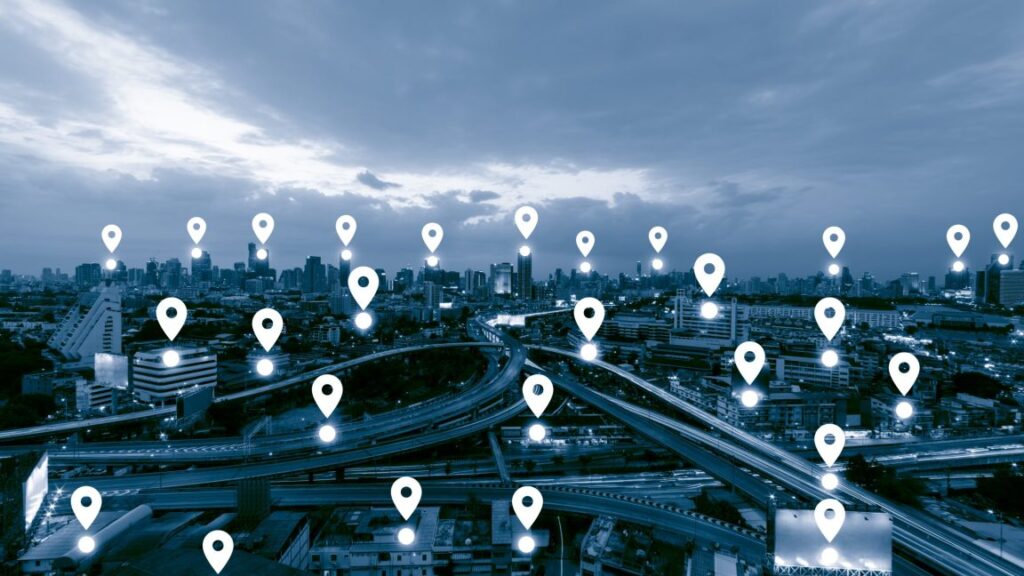Trump’s FCC chair is Brendan Carr, who wants to regulate everyone except ISPs
Trump makes FCC chair pick
Carr says he wants to punish broadcast media and dismantle “censorship cartel.”
Federal Communications Commission member Brendan Carr speaks during the 2024 Conservative Political Action Conference (CPAC) in National Harbor, Maryland on February 24, 2024. Credit: Getty Images | Anadolu
President-elect Donald Trump announced last night that he will make Brendan Carr the chairman of the Federal Communications Commission. Carr, who wrote a chapter about the FCC for the conservative Heritage Foundation’s Project 2025, is a longtime opponent of net neutrality rules and other regulations imposed on Internet service providers.
Although Carr wants to deregulate telecom companies that the FCC has historically regulated, he wants the FCC to start regulating Big Tech and social media firms. He has also echoed Trump’s longtime complaints about the news media and proposed punishments for broadcast networks.
Trump’s statement on Carr said that “because of his great work, I will now be designating him as permanent Chairman.”
“Commissioner Carr is a warrior for Free Speech, and has fought against the regulatory Lawfare that has stifled Americans’ Freedoms, and held back our Economy,” Trump wrote. “He will end the regulatory onslaught that has been crippling America’s Job Creators and Innovators, and ensure that the FCC delivers for rural America.”
Carr is a sitting FCC commissioner and therefore no Senate approval is needed to confirm the choice. The president can elevate any commissioner to the chair spot.
Carr wants to punish broadcasters
Carr thanked Trump in a post on his X account last night, then made several more posts describing some of the changes he plans to make at the FCC. One of Carr’s posts said the FCC will crack down on broadcast media.
“Broadcast media have had the privilege of using a scarce and valuable public resource—our airwaves. In turn, they are required by law to operate in the public interest. When the transition is complete, the FCC will enforce this public interest obligation,” Carr wrote.
We described Carr’s views on how the FCC should operate in an article on November 7, just after Trump’s election win. We wrote:
A Carr-led FCC could also try to punish news organizations that are perceived to be anti-Trump. Just before the election, Carr alleged that NBC putting Kamala Harris on Saturday Night Live was “a clear and blatant effort to evade the FCC’s Equal Time rule” and that the FCC should consider issuing penalties. Despite Carr’s claim, NBC did provide equal time to the Trump campaign.
Previous chairs defended free speech
Previous FCC chairs from both major parties have avoided punishing news organizations because of free speech concerns. Democrat Jessica Rosenworcel, the current FCC chairwoman, last month criticized Trump’s calls for licenses to be revoked from TV news organizations whose coverage he dislikes.
“While repeated attacks against broadcast stations by the former President may now be familiar, these threats against free speech are serious and should not be ignored,” Rosenworcel said at the time. “As I’ve said before, the First Amendment is a cornerstone of our democracy. The FCC does not and will not revoke licenses for broadcast stations simply because a political candidate disagrees with or dislikes content or coverage.”
Former Chairman Ajit Pai, a Republican, rejected the idea of revoking licenses in 2017 after similar calls from Trump. Pai said that the FCC “under my leadership will stand for the First Amendment” and that “the FCC does not have the authority to revoke a license of a broadcast station based on the content of a particular newscast.”
Carr believes differently. After the Saturday Night Live incident, Carr told Fox News that “all remedies should be on the table,” including “license revocations” for NBC.
We’ve pointed out repeatedly that the FCC doesn’t actually license TV networks such as CBS or NBC. But the FCC could punish affiliates. The FCC’s licensing authority is over broadcast stations, many of which are affiliated with or owned by a big network.
Carr targets “censorship cartel”
Carr wrote last night that “we must dismantle the censorship cartel and restore free speech rights for everyday Americans.” This seems to be referring to making social media networks change how they moderate content. On November 15, Carr wrote that “Facebook, Google, Apple, Microsoft & others have played central roles in the censorship cartel,” along with fact-checking groups and ad agencies that “helped enforce one-sided narratives.”
During his first presidential term, Trump formally petitioned the FCC to reinterpret Section 230 of the Communications Decency Act in a way that would limit social media platforms’ legal protections for hosting third-party content when the platforms take down content they consider objectionable.
Trump and Carr have claimed that such a step is necessary because of anti-conservative bias. In his Project 2025 chapter, Carr wrote that the FCC “should issue an order that interprets Section 230 in a way that eliminates the expansive, non-textual immunities that courts have read into the statute.”
Carr’s willingness to reinterpret Section 230 is likely a big plus in Trump’s eyes. In 2020, Trump pulled the re-nomination of FCC Republican member Michael O’Rielly after O’Rielly said that “we should all reject demands, in the name of the First Amendment, for private actors to curate or publish speech in a certain way. Like it or not, the First Amendment’s protections apply to corporate entities, especially when they engage in editorial decision making.”
Carr to end FCC diversity policies
Last night, Carr also said he would end the FCC’s embrace of DEI (diversity, equity, and inclusion) policies. “The FCC’s most recent budget request said that promoting DEI was the agency’s second highest strategic goal. Starting next year, the FCC will end its promotion of DEI,” Carr wrote.
The FCC budget request said the agency “will pursue focused action and investments to eliminate historical, systemic, and structural barriers that perpetuate disadvantaged or underserved individuals and communities.” The Rosenworcel FCC said it aimed to create a diverse staff and to help “underserved individuals and communities” access “digital technologies, media, communication services, and next-generation networks.”
Carr dissented last year in the FCC’s 3-2 decision to impose rules that prohibit discrimination in access to broadband services, describing the rulemaking as “President Biden’s plan to give the administrative state effective control of all Internet services and infrastructure in the US.”
Another major goal for Carr is forcing Big Tech firms to help subsidize broadband network construction. Carr’s Project 2025 chapter said the FCC should “require that Big Tech begin to contribute a fair share” into “the FCC’s roughly $9 billion Universal Service Fund.”
Media advocacy group Free Press said yesterday that “Brendan Carr has been campaigning for this job with promises to do the bidding of Donald Trump and Elon Musk” and “got this job because he will carry out Trump and Musk’s personal vendettas. While styling himself as a free-speech champion, Carr refused to stand up when Trump threatened to take away the broadcast licenses of TV stations for daring to fact-check him during the campaign. This alone should be disqualifying.”
Lobby groups representing Internet service providers will be happy to have an FCC chair focused on eliminating broadband regulations. USTelecom CEO Jonathan Spalter issued a statement saying that “Brendan Carr has been a proven leader and an important partner in our shared goal to connect all Americans. With his deep experience and expertise, Commissioner Carr clearly understands the regulatory challenges and opportunities across the communications landscape.”
Pai, who teamed up with Carr and O’Rielly to eliminate net neutrality rules in 2017, wrote that Carr “was a brilliant advisor and General Counsel and has been a superb Commissioner, and I’m confident he will be a great FCC Chairman.”
Trump’s FCC chair is Brendan Carr, who wants to regulate everyone except ISPs Read More »
